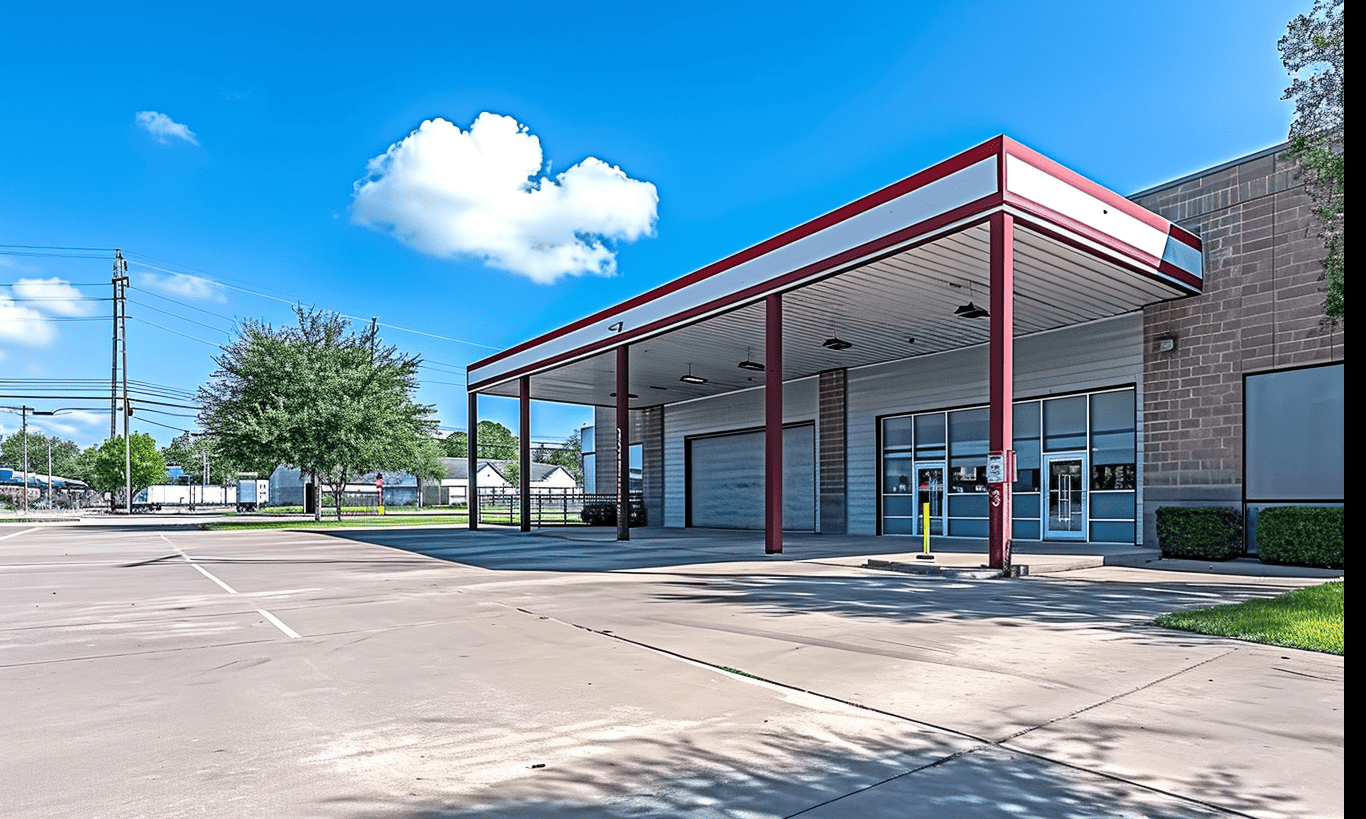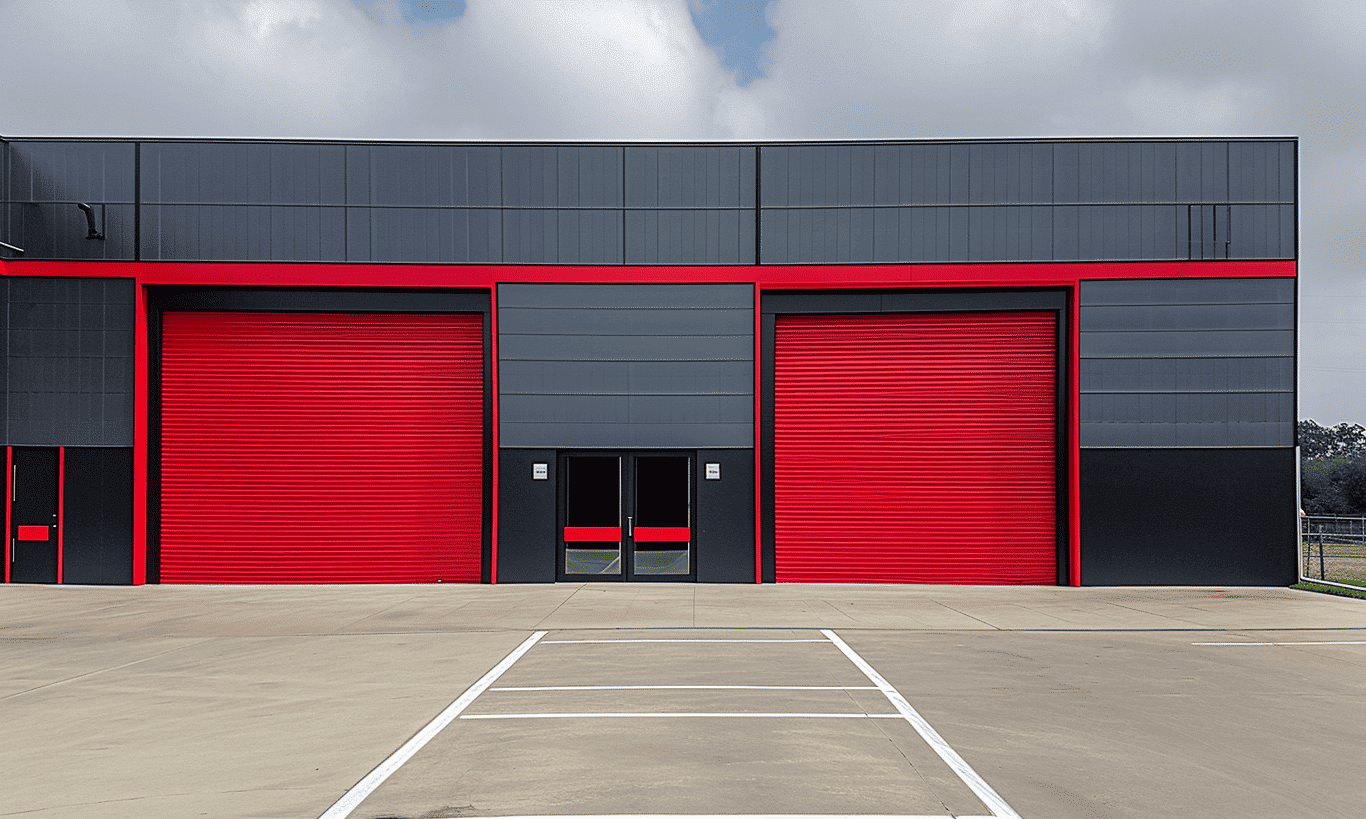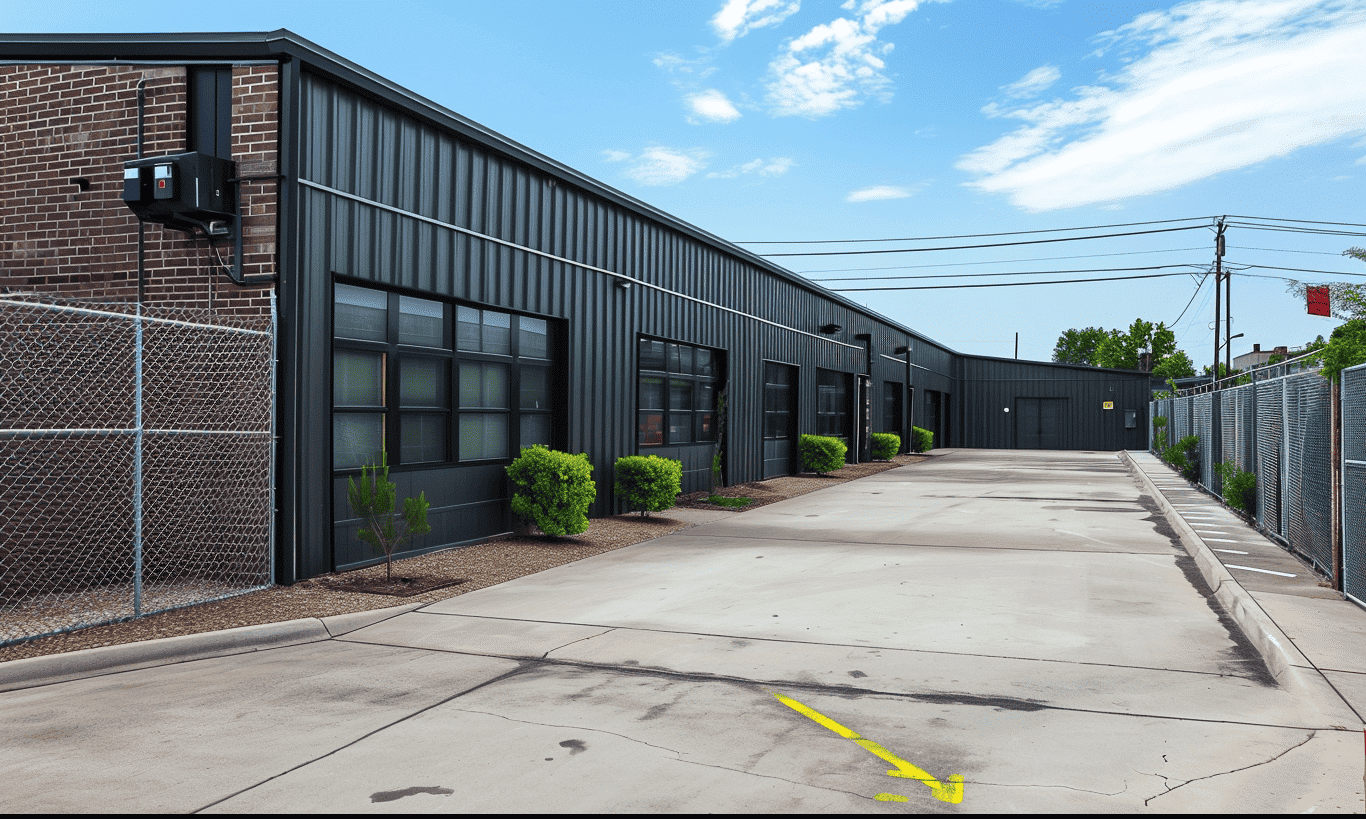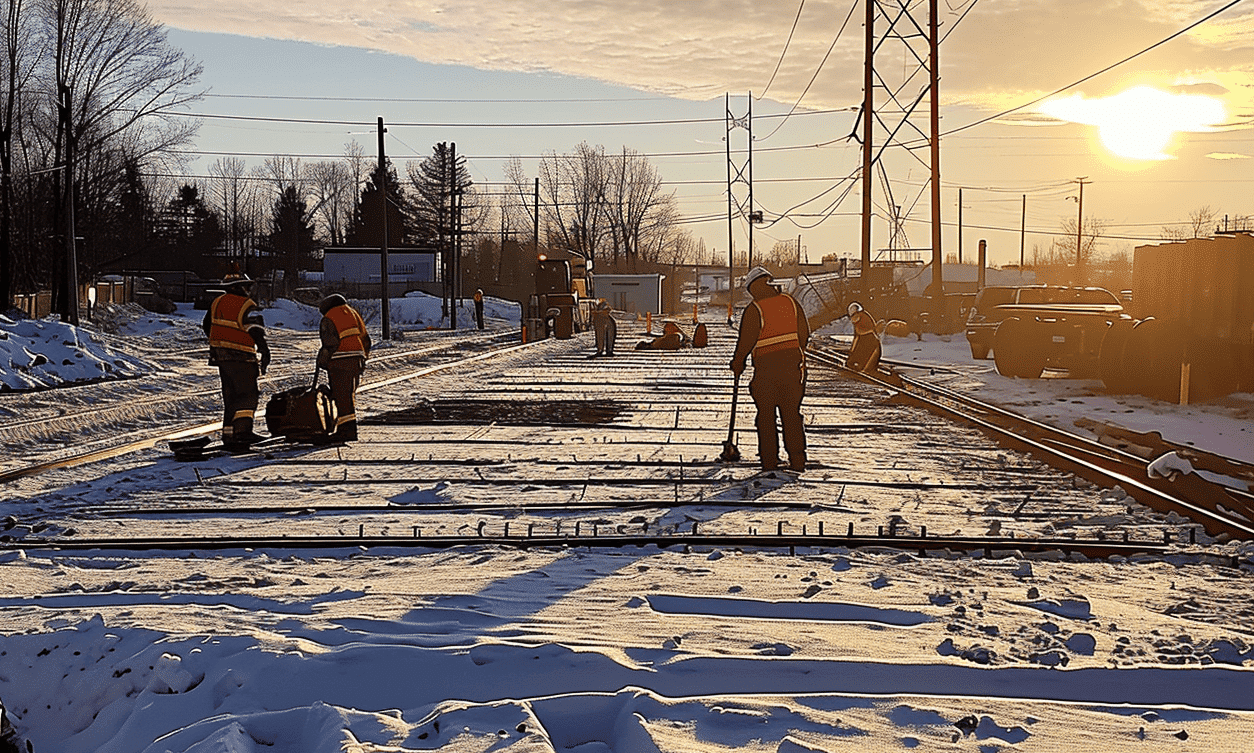In the bustling world of construction, where the landscape is constantly changing and evolving, ensuring safety on a construction site is akin to skillfully balancing on a high wire. For those who work amidst steel beams, scaffolding, and ladders, preventing falls in construction is of paramount concern. This task—fraught with risks—is a bit like navigating a minefield without a map. But here’s the good news: understanding and implementing key safety tips can dramatically reduce the risk of falls and create a safer environment for everyone involved.
The Importance of Fall Protection
Imagine a tightrope walker performing without a safety net. Seems daunting, right? Construction workers often face similar perilous situations without the proper protection. Investing in effective fall protection systems in construction isn’t just a regulatory requirement; it’s a moral and ethical obligation to ensure the safety of each worker. According to the Canada Mortgage and Housing Corporation – Preventing Falls in Construction, falls account for a significant percentage of workplace injuries in construction. Hence, it’s crucial to assess each facet of the site for potential fall hazards.
Recognizing the Risks
Before you can protect against falls, you must first recognize the potential dangers lurking in your construction environment. Think of your construction site as a sprawling urban jungle, where each corner hides unseen perils. From weak structural elements and unguarded edges to unstable ladders and scaffoldings, the hazards are myriad. Conducting a comprehensive risk assessment can help preemptively address these threats. It’s essential for safety managers and team leaders to regularly walk the site, document risks, and promptly mitigate any threats discovered.
Utilizing Proper Equipment and Training
Equipping workers with the right tools is only half the battle. Ensuring they are proficient in using that equipment is what differentiates a near-miss from a disaster. A successful construction project, akin to a well-choreographed ballet, relies heavily on preparation and practice. Emphasizing working at heights safety precautions ensures that workers not only have the necessary gear but are also trained to use it effectively. Regular training sessions should be conducted to keep every worker abreast of the latest safety practices and protocols.
Harnessing Technology for Safety
In today’s digital era, technology acts as the vigilant sentinel guarding your construction efforts. Advanced devices such as drones, virtual reality, and augmented reality can vastly improve on-site safety by helping identify hazards and training workers in realistic environments. Utilizing these technological advancements allows for an immersive way to rehearse dangerous situations in a controlled setting, markedly reducing the chances of falls even before workers step foot on-site.

The Role of Management and Supervision
The safety culture of any construction project is often molded from the top-down. Site managers and supervisors wield significant influence in ensuring their construction site adheres to safety guidelines. Regularly briefing teams on the importance of fall prevention, checking equipment, and reviewing worksite practices fosters an environment where safety is a shared priority. With the leadership of proactive administrators, compliance becomes second nature, much like a well-rehearsed symphony reaching its crescendo.
Practical Tips for Ensuring Safety
1. **Implement Guardrails and Toe Boards:** Use these to protect workers from edges that may result in falls.
2. **Ensure Proper Ladder Usage:** Reinforce training for correct ladder posture and stability checks.
3. **Scaffold Safety Inspections:** Check scaffolds before use, ensuring they are secured and stable.
4. **Use Personal Protective Equipment (PPE):** Don gear like harnesses and helmets, especially when working at heights.
5. **Maintain Clear Communication:** Regularly update workers on safety practices and encourage reporting of potential hazards.
6. **Frequent Site Inspections:** Regular walkthroughs to identify new risks or inadequacies in fall protection measures.

Mitigating Risks with Your Building Team
Partnering with experts like Your Building Team ensures that your construction project doesn’t just meet the industry standards but exceeds them. Their comprehensive approach to fall protection focuses on harmonizing efficiency with state-of-the-art safety processes. Their team collaborates closely with you to embed a safety-conscious ethos within every layer of your venture, resulting in a work culture where safety appeals are just as vital as the building materials employed.
Conclusion: Building a Safer Workplace
The construction industry, while fraught with inherent risks, does not have to resign itself to a narrative of danger. By understanding, recognizing, and preemptively combating fall hazards, you carve out a path to a safer, more secure work environment. Implementing appropriate Construction safety measures—ranging from comprehensive training and cutting-edge technology to vigilant supervision—rewrites the story of construction as a domain of precision and safety. Indeed, preventing falls in construction is not just an aim; it’s a responsibility inherent to every plank raised and beam set.











